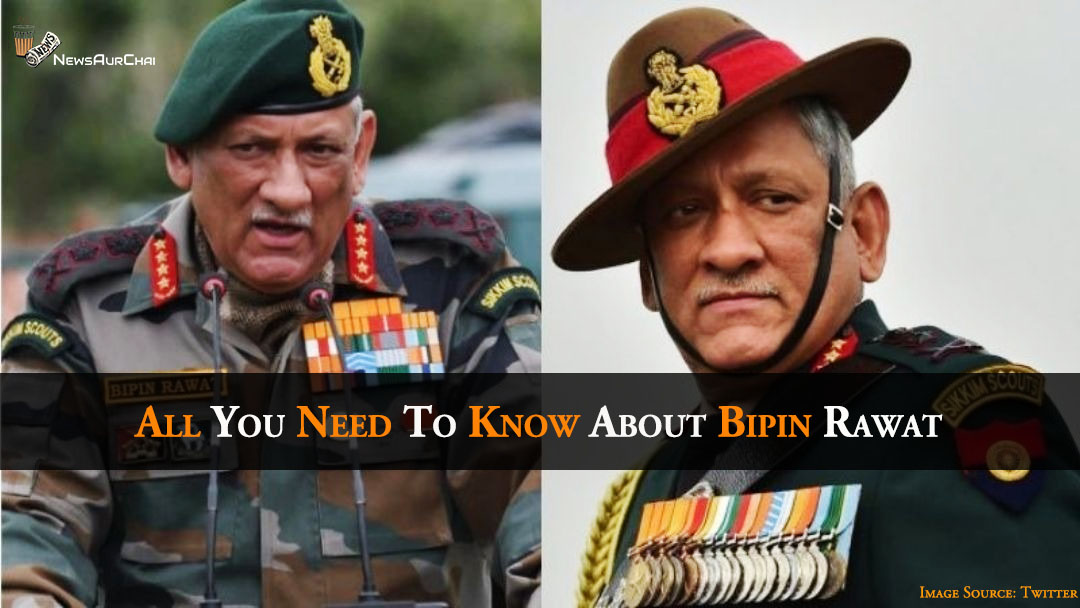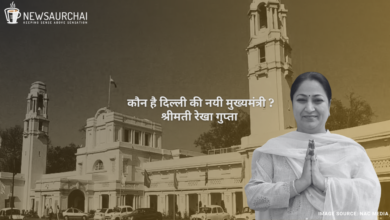
Bipin Rawat, the four-star General of the Indian Army, recently became the first Chief of Defence Staff of India on December 31, 2019.
He was born into a Rajput family in Uttarakhand that has been serving the Indian army for almost three generations.
Laxman Singh Rawat who is the father of Bipin Rawat, also served the Indian army as LT. General and he also had risen from the ranks of being a solider to the deputy chief of army staff. Even his uncles served the Indian army. They said that he was a smart and dedicated boy from his childhood.
About His Military service:-
Rank:- 4 star
Unit:- 5/11 Gorkha Rifles
Service years:- December 16, 1978 – Present
Service number:- IC-3547IM
Career Ranks:-
- Second Lieutenant December 16, 1978
- Lieutenant December 16, 1980
- Captain July 31, 1984
- Major December 16, 1989
- Lieutenant-Colonel June 1, 1998
- Colonel August 1, 2003
- Brigadier October 1, 2007
- Major General October 20, 2011
- Lieutenant-General June 1, 2014 (substantive)
- General (COAS) January 1, 2017
His Achievements/ Honours and decorations:-
- Param Vishisht Seva Medal
- Uttam Yudh Seva Medal
- Ati Vishisht Seva Medal
- Yudh Seva Medal
- Sena Medal
- Vishisht Seva Medal
- Wound Medal
- Samanya Seva Medal
- Special Service Medal
- Operation Parakram Medal
- Sainya Seva Medal
- High Altitude Service Medal
- Videsh Seva Medal
- 50th Anniversary of Independence Medal
- 30 Years Long Service Medal
- 20 Years Long Service Medal
- 9 Years Long Service Medal
- MONUSCO
HIS QUALIFICATIONS:-
General Bipin Rawat, is an alumnus of St. Edward School, Shimla, and the National Defence Academy, Khadakwasla. He was named in the Fifth Battalion of the Eleven Gorkha Rifles in December 1978, from Indian Military Academy, Dehradun, where he was bestowed the ‘Sword of Honour’.
He is likewise a graduate of the Defence Services Staff College (DSSC), Wellington, the Higher Command Course at the United States Army Command and General Staff College at Fort Leavenworth, Kansas.
From his occupancy at the DSSC, he had an MPhil degree in Defence Studies as well as diplomas in Management and Computer Studies from Madras University. In 2011, he was awarded a Doctorate of Philosophy by Chaudhary Charan Singh University, Meerut for his research on “military media strategic studies.”
Today General Bipin Rawat is being identified as the first Chief of Defence Staff of the country and had a distinguished and continued career as an officer of the Indian army. He took over as the 27th Chief of Army Staff nearly three years ago on December 31, 2016. Ere being designated as the Army chief, Gen Rawat was tenanting the appointment of the Vice Chief of Army Staff (VCOAS) of the Indian Army from September 1, 2016.
He eternally wanted to join the army; he said “Never underestimate the potential of someone, who has failed. Because, such people, if they resolve, work harder and may move ahead in life farther than those who have succeeded”.
Prime Minister Narendra Modi is said to have individually disclosed the news of General Bipin Rawat’s appointment as Chief of Defence Staff to the former army chief.
His primary objective is that the Chief of Defence Staff is obligatory to fix up the first joint command within three years including Army, Navy and the Air Force in a supplement to the two existing ones. A high-level committee established to explore the gaps in the country’s defence system in the wake of the Kargil conflict in 1999 had called for the appointment of a CDS as a single-point service consultant to the defence minister.
He said “I want to assure you, that the Army, the Navy and the Air Force will work as a team. The CDS will keep control over them, but action will be taken through teamwork,” said General Rawat after receiving a Guard of Honour by the three services.
The administration of military affairs directed by the CDS will perform an essential purpose in promoting jointness in obtainment, training and staffing for the services through collective planning and integration of their obligations. The office of the CDS will have civil and military officials and will work to assure the three services can drop their turf wars to deliver on real synergy.





